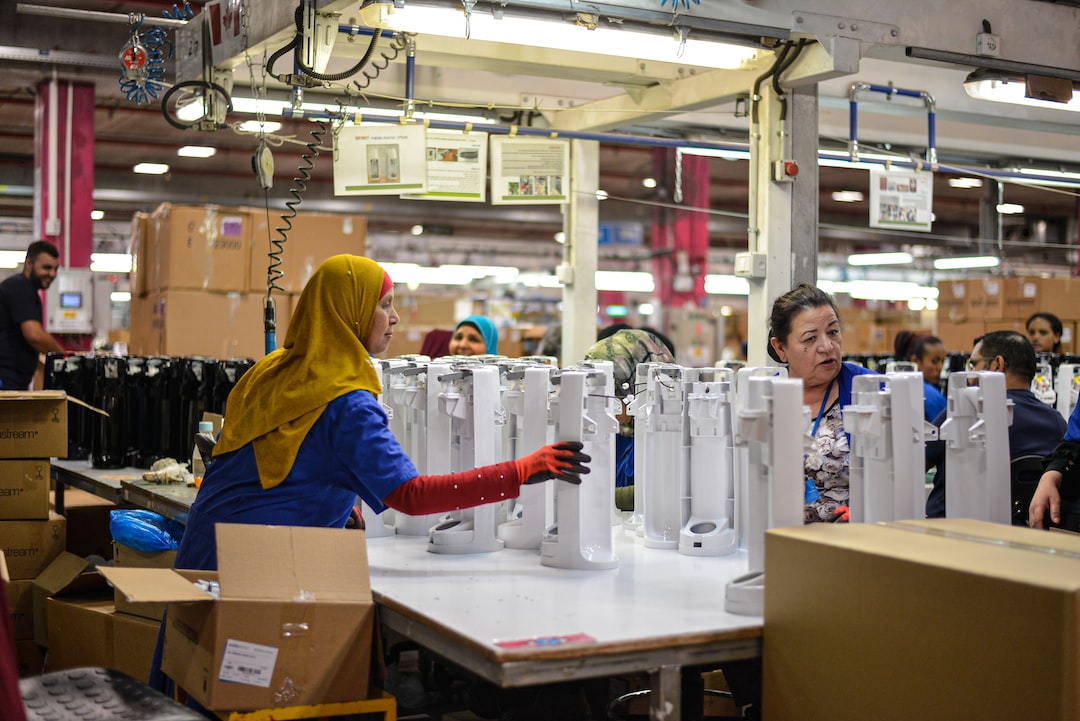Exploring the Future of Manufacturing: Trends and Innovations
The manufacturing industry is one that has seen immense growth and evolution over the years. From the introduction of assembly lines to the implementation of automation and robotics, the sector has continuously adapted to meet the changing needs of society. As we move into the future, there are several trends and innovations that are reshaping the landscape of manufacturing.
One of the key trends in manufacturing is the rise of additive manufacturing, also known as 3D printing. This technology allows for the creation of complex and customized products by layering materials on top of each other. This eliminates the need for traditional manufacturing processes, such as molding or cutting, and reduces material waste. 3D printing has already made an impact in various industries, from healthcare to aerospace, and is expected to continue its growth in the coming years. The ability to quickly create prototypes and produce on-demand products opens up new possibilities for manufacturers.
Another trend that is transforming manufacturing is the Internet of Things (IoT). IoT refers to the network of interconnected devices that can communicate and exchange data. In a manufacturing setting, this means that machines and equipment can be connected to gather real-time data and optimize operations. For example, sensors placed on machines can detect when maintenance is needed, reducing downtime and improving efficiency. IoT also enables manufacturers to collect valuable data on their processes, allowing for better decision making and predictive analytics.
Automation and robotics have long been integral to the manufacturing industry, but advancements in technology are making them even more powerful. Robots equipped with artificial intelligence (AI) can now perform complex tasks that were once only possible for humans. This has not only increased efficiency but also worker safety, as robots can handle dangerous or repetitive tasks. Cobots, or collaborative robots, are also gaining traction in manufacturing. These robots can work alongside humans, enhancing productivity and improving overall working conditions.
Sustainability is another driving force behind the future of manufacturing. With increasing concerns about climate change and the environment, manufacturers are looking for ways to reduce their carbon footprint. This includes implementing eco-friendly practices, such as using renewable energy sources and minimizing waste. The concept of a circular economy, where products are designed to be reused or recycled, is gaining popularity. Manufacturers are exploring ways to make their production processes more sustainable and reduce their impact on the planet.
The future of manufacturing is also heavily influenced by advancements in artificial intelligence and machine learning. These technologies enable machines to learn from data and make autonomous decisions. For example, AI-powered systems can analyze complex data patterns and optimize production schedules for maximum efficiency. Machine learning algorithms can also detect anomalies or errors in real-time, allowing for immediate corrective action. As AI continues to advance, it is expected to revolutionize the manufacturing industry by streamlining processes and reducing costs.
In conclusion, the future of manufacturing is set to be characterized by several trends and innovations. From the rise of additive manufacturing and the Internet of Things to automation and robotics, these advancements are reshaping the industry. Sustainability and the integration of artificial intelligence and machine learning also play a crucial role in the manufacturing landscape. As we move forward, manufacturers must adapt to these changes and embrace the opportunities presented by emerging technologies to stay competitive in the global market.

